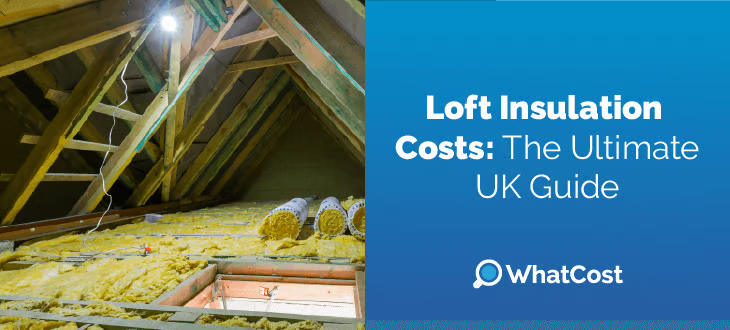When it comes to improving your home’s energy efficiency, loft insulation is one of the most cost-effective upgrades you can make. Not only does it help reduce heat loss, leading to lower energy bills, but it also creates a more comfortable living environment. However, many homeowners are curious about the loft insulation cost and what factors influence it. In this guide, we’ll explore the main considerations surrounding loft insulation prices and provide tips to help you make an informed decision.
What Is Loft Insulation?
Loft insulation involves adding insulating material to the floor of your attic or loft space to prevent warm air from escaping through the roof. Effective insulation acts as a thermal barrier, keeping heat inside during winter and outside during summer. There are various types of loft insulation, including fiberglass batts, mineral wool rolls, spray foam, and loose-fill insulation, each with different costs and installation requirements.
Factors Affecting Loft Insulation Cost
The exact loft insulation cost can vary significantly depending on several factors:
- Size of the Loft: Larger lofts require more insulating material and labor, increasing the overall cost.
- Type of Insulation Material: Premium materials like spray foam tend to be more expensive than traditional fiberglass batts.
- Accessibility: Easy-to-reach lofts are cheaper to insulate. If your loft is difficult to access, expect higher installation costs.
- Existing Insulation: If your loft already has some insulation, the cost may decrease as only a partial upgrade or topping-up is needed.
- Location and Labour Costs: Prices might vary depending on your region and the rates charged by local installers.
Average Cost of Loft Insulation
On average, homeowners can expect to pay between £300 to £600 for professional loft insulation installation. This typically includes removing old insulation (if necessary), installing the new insulation, and tidying up afterward. For DIY enthusiasts, the material costs are usually lower, averaging around £150 to £300, but it’s essential to consider safety precautions and proper installation techniques.
Benefits of Proper Loft Insulation
Investing in good quality loft insulation can offer substantial savings in the long run. According to the Energy Saving Trust, insulating your loft reduces heat loss by up to 25%, which could translate into savings of several hundred pounds annually on energy bills. Plus, proper insulation helps reduce your home’s carbon footprint, making it an environmentally friendly choice.
Is It Worth Paying for Professional Installation?
While DIY insulation is an option, professional installation guarantees that the material is correctly fitted, maximizing its insulating properties. Trained installers are familiar with safety regulations and can efficiently work within tricky spaces. If you are unsure about whether to undertake the project yourself, consider the long-term benefits of professional expertise.
Get a Quote Today
If you’re interested in learning more about the loft insulation cost or want to get a personalized quote, many reputable insulation companies offer free consultations. Comparing prices and services can help you find the best deal tailored to your home needs.
For more information about home improvement options or to explore various renovation services, visit our homepage for additional resources and advice.
Conclusion
Understanding the factors that influence loft insulation cost is essential for homeowners looking to enhance their property’s energy efficiency. While the initial investment may vary, the savings on energy bills and improved comfort make loft insulation a worthwhile expenditure. By considering your options carefully and consulting professionals, you can ensure a successful upgrade that benefits your home for years to come.
